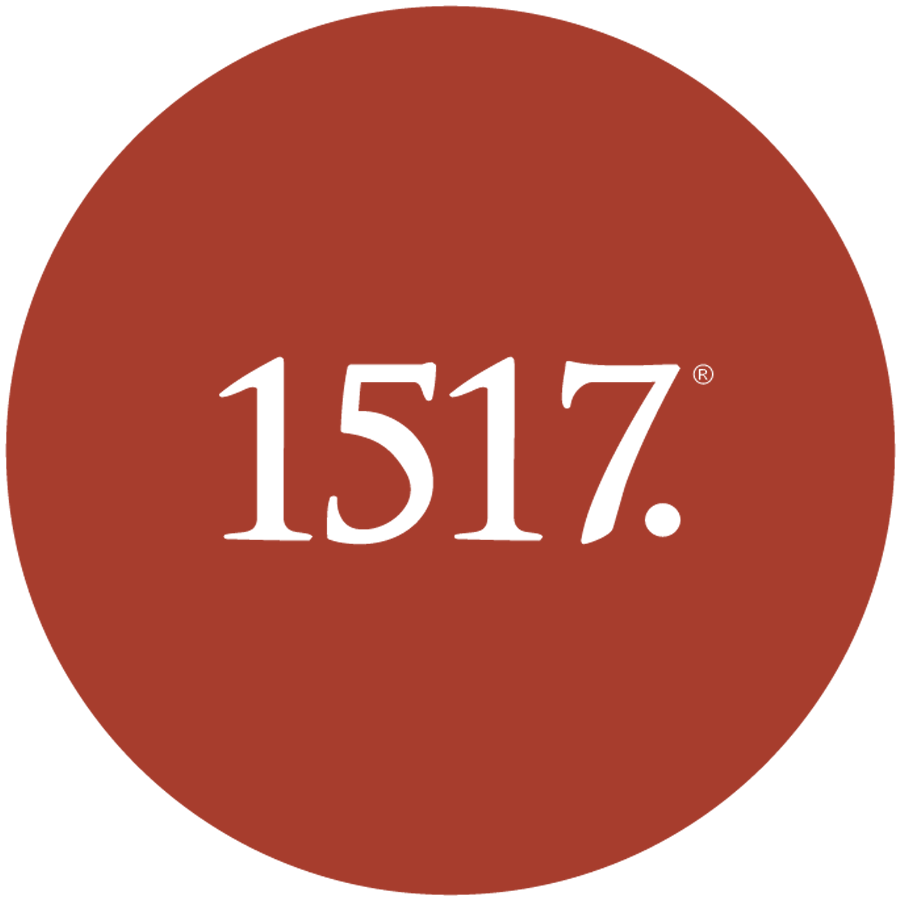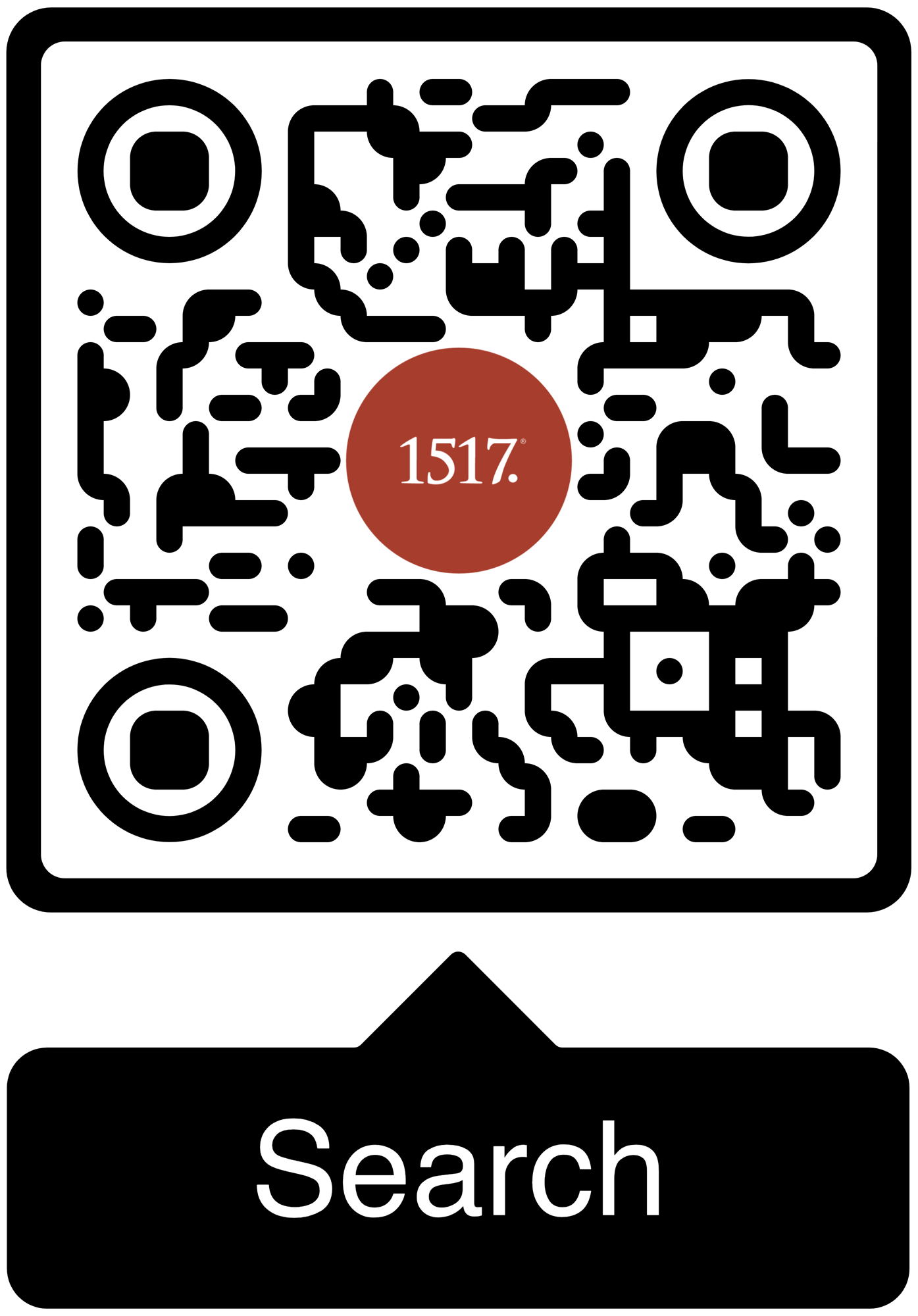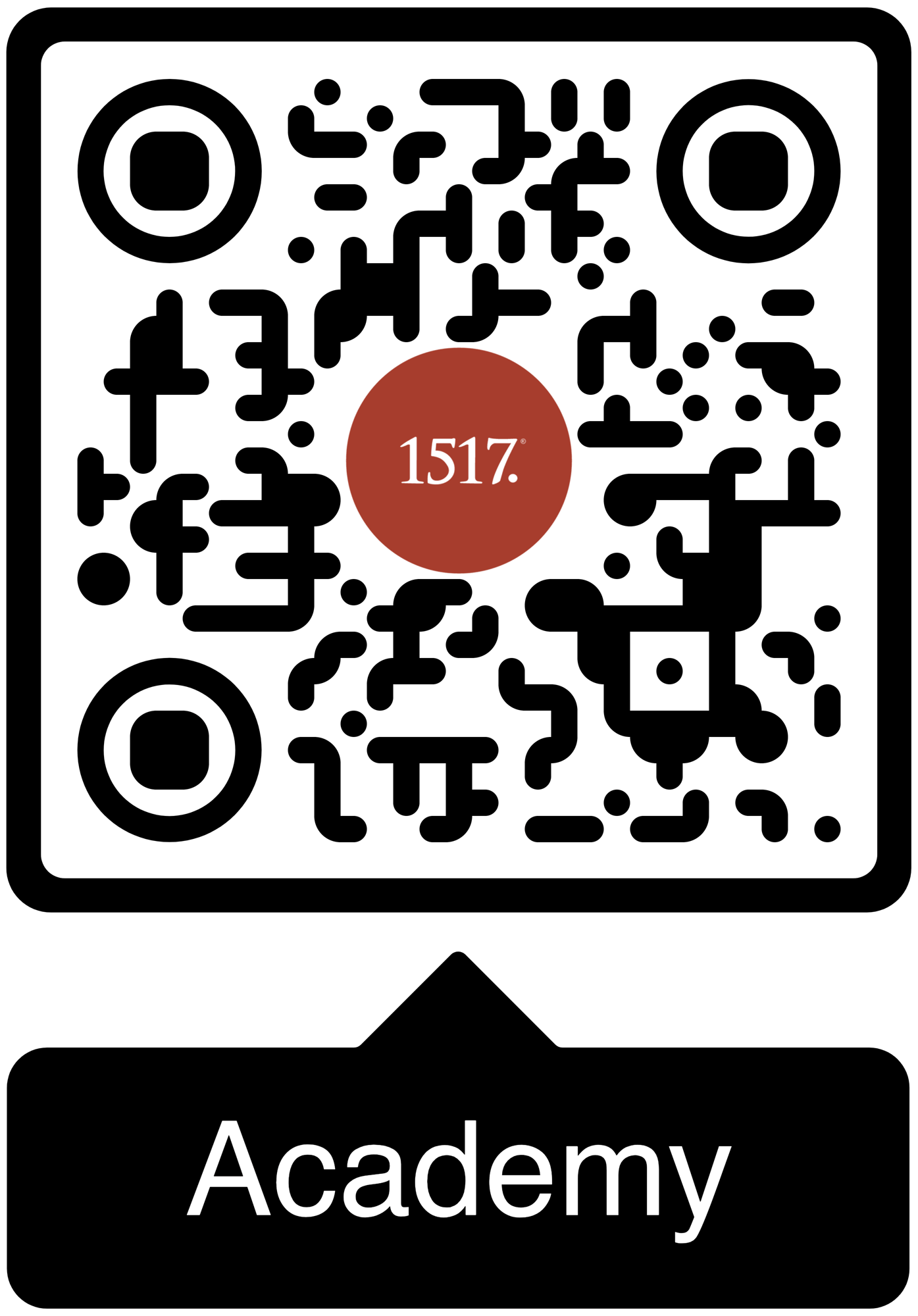If Psalms 1 and 2 reveal the Christ who reigns, Psalms 3 and 4 reveal the Christ who remains.
I know, I know. Suggesting one’s favorite psalm is inherently a bit superficial—sort of like declaring your favorite color. Except in this case, it’s a step further: offering your favorite color without anyone asking. Living in New Jersey, here’s how that might go down:
Me: “I like green.”
New Jerseyite: “Nice. Now shove it where the sun don’t shine.”
To which I might reply with a bracing reading of Psalm 19:4–6. After all, the sun will shine.
And in truth, as with the colors themselves, I can’t really choose my favorite psalm. Before the yoking of wokeness—back when color could simply be beautiful without ideological freight—I used to tell my buddies that all the colors were my favorite. So, it is with the psalms. All of them are my favorite; all shimmer in their own hue of covenantal light.
No interpreter or devotional guide needs to convince us of that—the psalms resound with their own Christic light when we listen. The whole arc of Scripture, both Old and New Testament, is mapped—often with startling intimacy—within the Psalter. I once heard Chad Bird remark in an early episode of 40 Minutes in the Old Testament that if he were stranded on a deserted island and could have only one part of the Bible, it would be the Psalms. In so having, he would have the whole Bible in the most vivid colors possible.
Another Gateway
Back to my favorite psalm.
Or psalms.
I know I’m already cheating. For this reflection, I’ll choose a pair—two psalms that together form, for me, another sort of gateway into the Psalter: Psalms 3 and 4.
Let’s step back, though. The first gateway, Psalms 1 and 2, orients us toward a Christocentric and Christotelic reading. They reveal the Blessed Man who delights in the Torah of the Lord and the Anointed Son through whom all nations find refuge. In these two, the structure of the whole Psalter is quietly announced: wisdom and kingship, meditation and messiahship, rootedness and reign. At this first gateway, Melchizedek’s mystery opens toward Christ—the true priest and king in whom all things are made whole. On this, our timeless and faithful God will not change his mind (Ps. 110:4).
Then, when we pass through that threshold and reach Psalms 3 and 4, something shifts. The psalmist moves from theological proclamation to existential encounter. These are the psalms in which we first see what it truly means to pray to a living, present, covenantal God—the God who not only reigns but listens at both bedside and bedlam, in seasons of felicity or friction.
Psalm 3: The God Who Lifts the Head
Psalm 3 opens in distress: “O Lord, how many are my foes!” (Ps. 3:1). It’s a morning psalm—a cry from the battlefield and from the bed of fear. The psalmist lies down in the midst of enemies and yet awakens, sustained by God. The covenant is not theoretical; God is not an idea but a shield—our Lord and lifeblood.
God both surrounds and restores. He protects from without and lifts from within.
“You, O Lord, are a shield about me, my glory, and the lifter of my head” (Ps. 3:3). This line embodies the essence of covenantal faith: that God both surrounds and restores. He protects from without and lifts from within. The psalm begins with chaos and ends with composure—not because the world has changed overnight, but because faith has, by grace, been awakened.
Psalm 4: The God Who Gives Rest
If Psalm 3 is the prayer of morning, Psalm 4 is the prayer of evening. Here, the psalmist confronts not armies but anxieties. It is one thing to face external enemies; it is another to lie awake wondering about tomorrow’s bread or tomorrow’s betrayal.
God alone is the ground of peace. Not the removal of threat, not the achievement of control, but the sheer presence of the Lord who answers when we call.
And yet the psalm ends in quiet triumph: “In peace I will both lie down and sleep; for you alone, O Lord, make me dwell in safety.” (Ps. 4:8). This is the psalmic heartbeat of the First Commandment—no other gods, no other securities. God alone is the ground of peace. Not the removal of threat, not the achievement of control, but the sheer presence of the Lord who answers when we call.
It is a corollary, perhaps, to the clearest confession in the whole of the Gospel: “My Lord and my God!” (John 20:28). May we every day renew that same astonishment—that divine surprise which, as G.K. Chesterton wrote in Orthodoxy, is the gigantic secret of the Christian.
The Gateway of Living Prayer
Together, Psalms 3 and 4 mark another threshold in the Psalter—not the theoretical threshold of theology, but the lived threshold of prayer. They teach us to pray to the God who hears, who lifts, who restores.
If Psalms 1 and 2 reveal the Christ who reigns, Psalms 3 and 4 reveal the Christ who remains. Through these two psalms, we learn that faith is not merely the acknowledgment of a distant truth but the resting of the soul upon a living Lord.
And perhaps that’s why, for me, they are the greatest of psalms.I may even share this good news at a local New Jersey diner. Burger. Fries. Yes—to grace.
.jpg?width=80&height=80&name=MRubinstein%20(1).jpg)




